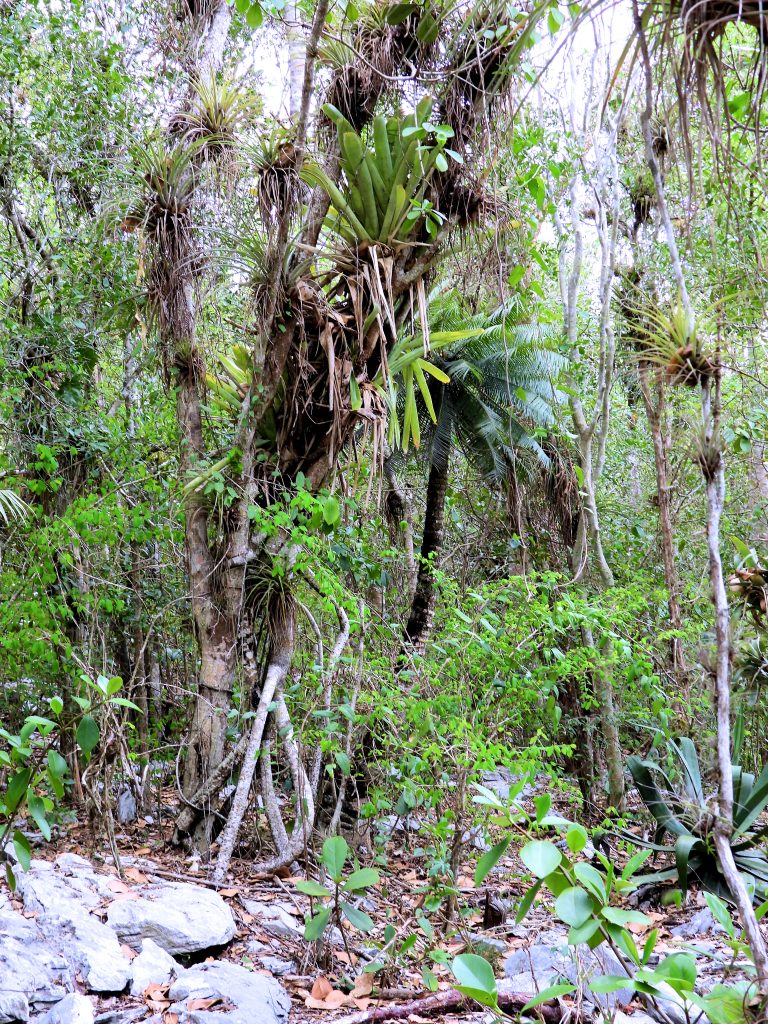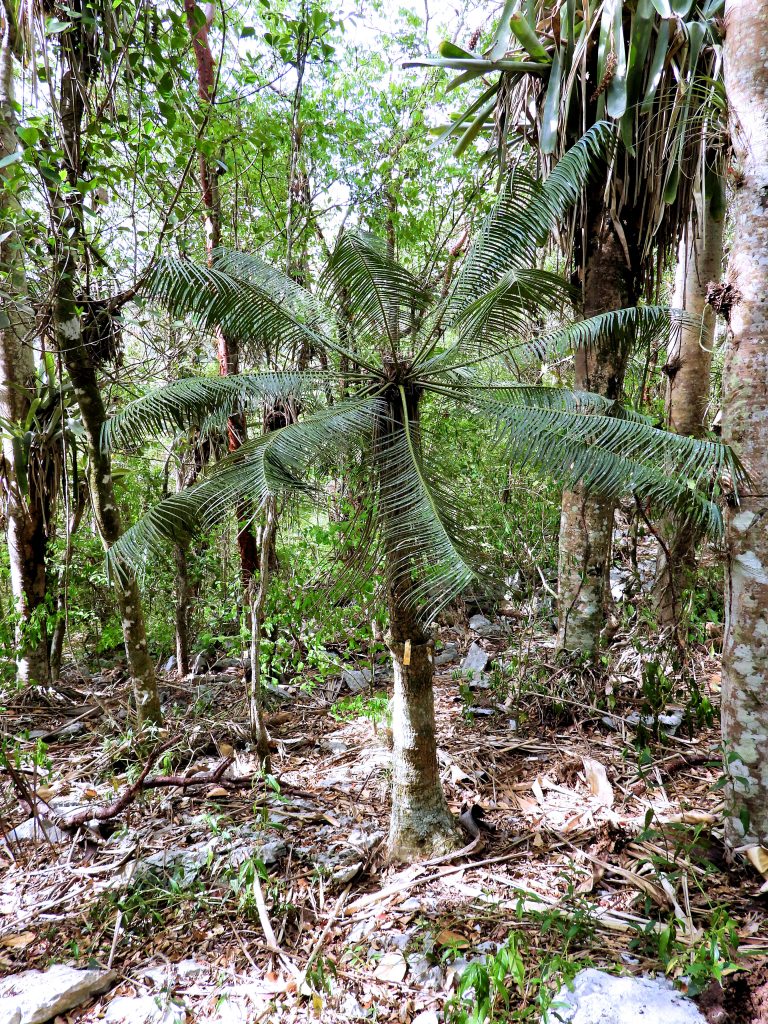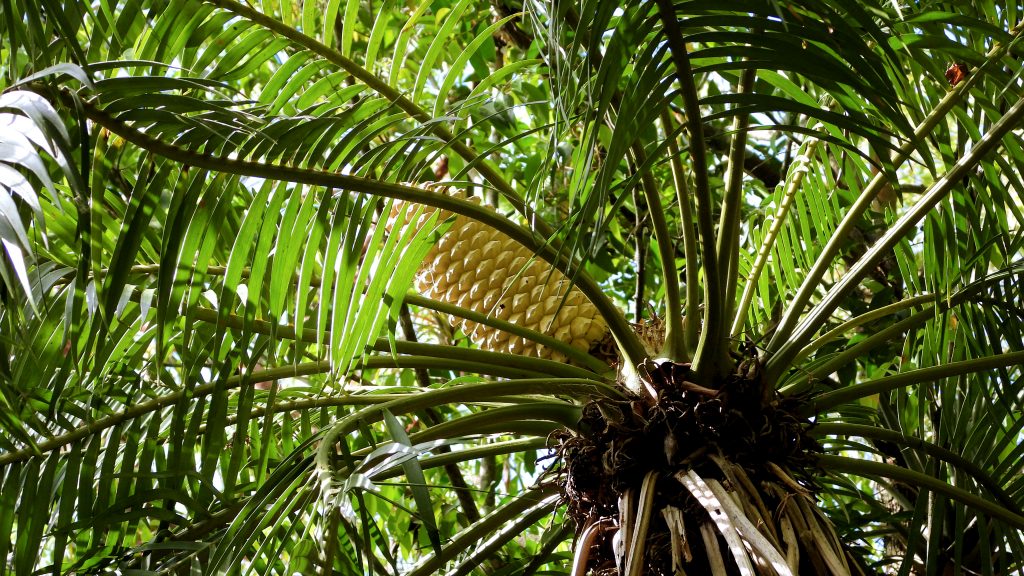
Viñales Valley, Sierra de los Órganos, Pinar del Río Province, Cuba.
Until 2022, visiting Cuba was only a dream. Before turning my attention to plants, I explored for reptile species in the Caribbean during the 1960s and early 1970s. I chronicled those years in Koulèv, Adventures of an American Snake Hunter: Book One and Book Two. It is an account of my adventurous life as a reptile collector. Everywhere, it seems, but Cuba. Cuba is the crown jewel of Caribbean herpetology, and has nearly half the landmass of the entire Caribbean. It is, by far, the richest in biodiversity, with close to 7,000 plant species, half of which are endemic, found nowhere else in the world. There are nearly 250 reptile and amphibian species, 400 birds, few land mammals, but some interesting ones. Cuba was first inhabited six thousand years ago, and since then, much of its wildlife has gone extinct. Sadly, nearly half of all Cuban animals remain endangered. Writing my book, Koulèv, reignited my interest in reptiles. When an opportunity arose for Linda and me to take part in a sanctioned herpetology trip to Cuba, we couldn’t say no. It was a dream come true. Our trip to the hinterlands of Cuba’s Pinar del Rio and Cienfuegos provinces was grueling. We explored forests, and the limestone hills called Mogotes. The Zapata Swamp with Cuban Crocodiles and West Indian Flamingos. Cenotes in the thick thorn forest surrounding the Bay of Pigs where we encountered a Cuban Boa, the largest specimen any of us had ever seen. Dr. Luis Manuel Díaz Beltrán, Curator of Herpetology at the Museo Nacional de Historia Natural de Cuba, led our expedition. Despite the major thrust being reptiles, and to a lesser degree, birds, we worked on compiling a checklist of Cuban bromeliads. So far, there are 63 species in three subfamilies, and 11 genera known from Cuba. I suspect there are more, but with restrictions and difficulty of travel, it will take time before we know. As is often the case with faunistic and floristic surveys, it’s a generational endeavor, but we’ll do our part as best we can. Since that first trip, I have participated in five total, to date. Aside from non-stop day and night explorations, we enjoy meeting the Cuban people, seeing the Cuban way of life and beautiful scenery. Cuban life seems frozen in time, in the ‘50s by our standards. The old cars you hear about, they’re everywhere! Many people travel by horse and buggy, plow fields with oxen, and live basic, even meager lives, at least compared to ours. Though people have little in the way of conveniences or possessions, they live full lives between work and family. We stay with families, eat at their tables. Linda and I enjoyed our Cuban experience. We came back a little battered and bruised, but energized to continue our fascinating work with plants and animals.
Over time, I will add sections to this Cuban story, photos of the plants and animals that we encounter, their habitats, and some local scenery.







